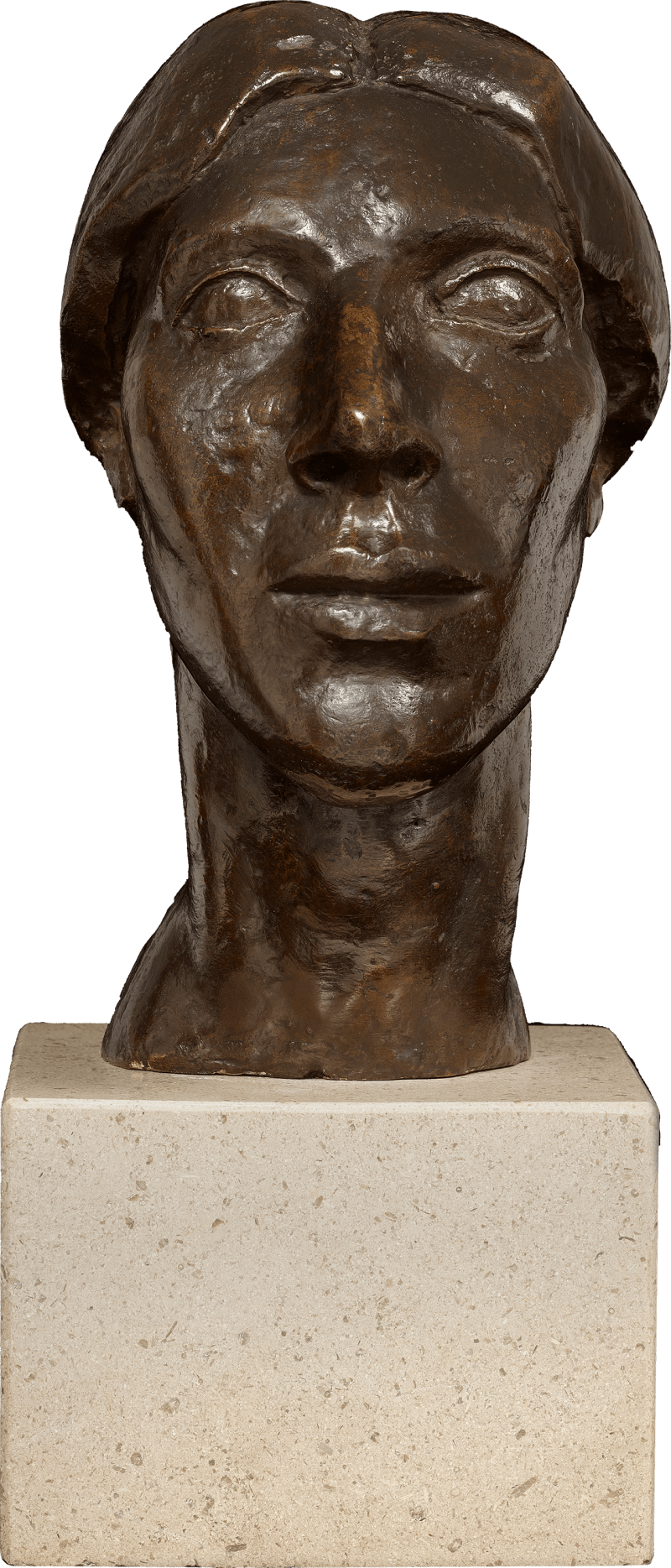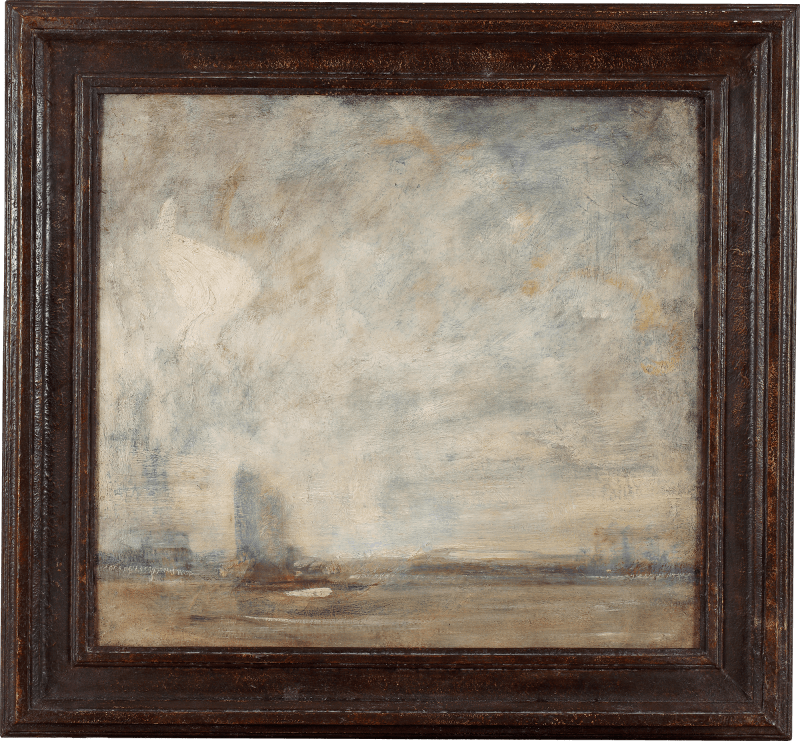Ernest Procter was a leading figure of the Newlyn School in Cornwall and was celebrated for his stylised figure paintings. He developed a style that combined a distinctly modern sensibility with echoes of classical formality and often turned towards mythological and religious subjects. The Judgement of Paris is characteristic of his work at this period and combines monumentality with modernism.
The subject is one of the most enduring in Western art: the Judgement of Paris, which sets in motion the events leading to the Trojan War. According to Greek myth, the Goddess of Discord, Eris, cast a golden apple inscribed ‘for the fairest’ among the gods. Hera, Athena, and Aphrodite each laid claim to it, and Paris, a Trojan prince, was appointed to decide the worthiest recipient. In this composition, Procter shows Paris holding the apple, while the three goddesses await his verdict. The Goddess of Discord herself is absent, having already sown the seed of conflict and departed...
Ernest Procter was a leading figure of the Newlyn School in Cornwall and was celebrated for his stylised figure paintings. He developed a style that combined a distinctly modern sensibility with echoes of classical formality and often turned towards mythological and religious subjects. The Judgement of Paris is characteristic of his work at this period and combines monumentality with modernism.
The subject is one of the most enduring in Western art: the Judgement of Paris, which sets in motion the events leading to the Trojan War. According to Greek myth, the Goddess of Discord, Eris, cast a golden apple inscribed ‘for the fairest’ among the gods. Hera, Athena, and Aphrodite each laid claim to it, and Paris, a Trojan prince, was appointed to decide the worthiest recipient. In this composition, Procter shows Paris holding the apple, while the three goddesses await his verdict. The Goddess of Discord herself is absent, having already sown the seed of conflict and departed the scene. At the lower edge, the figure of Eros holds up the fateful fruit. Procter arranges the figures in a frieze-like composition, with elongated bodies tinged with green shadows, heightening their statuesque presence in front of the intricate foliage backdrop.
This painting is one of only two known versions of the subject by Procter [fig. 1]. The other, a monumental canvas measuring six feet square, was exhibited to great acclaim at the Royal Academy in 1927 and subsequently toured to Birmingham Museum and Art Gallery. Contemporary critics noted its arresting presence: The Graphic praised it as ‘a large and arresting group of nudes which, though modern in its general conception, has something of the still formality of a Greek frieze’[1] while Truth admired its ‘bolder and at the same time more austere’ treatment of the nude figure.[2]
[1] ‘The Personalities of the 1927 Academy’, The Graphic. 7 May 1927.
[2] Truth. 4 May 1927.













